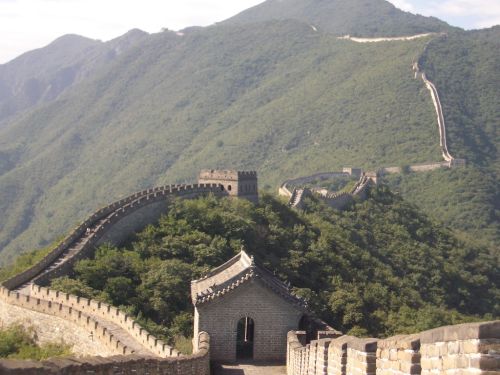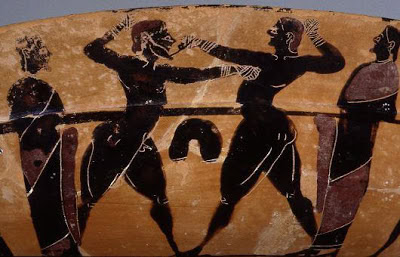A história seria sem graça, descolorida, desprovida de emoção se não existissem sonhadores como o francês Jean-Maurice Faivre.
Esse médico francês chegou ao Brasil em 1826, viveu em plena corte imperial e 23 anos depois se embrenhou na selva paranaense para tentar construir uma sociedade mais justa.
Quem resgata a vida de Faivre, que apostou seus bens e sua vida na construção de uma sociedade feliz, sem escravos, sem lucro, sem miséria, às margens do Rio Ivaí, num Paraná do século XIX, é o jornalista Luiz Manfredini, no romance “Retrato no Entardecer de Agosto”.
Socialismo utópico
Infelizmente, Faivre morreu sem realizar o seu sonho de igualdade social, que a história denominou formalmente como socialismo utópico, movimento criado pelo também francês Charles Fourier.
A Colonia Thereza, fundada em 1847, na então Quinta Comarca da Província de São Paulo, hoje Estado do Paraná, que iniciou com 25 famílias que o médico recrutou da França, se perdeu no abandono e no isolamento.
“Seguindo, grosso modo, o ideário fourierista, que conhecera em Paris, ainda como estudante, Faivre imaginou que se refugiando na selva, junto com seus aderentes, desenvolvendo vida livre e igualitária, estaria a salvo das iniquidades – sobretudo morais – que haviam assolado o mundo das cidades.
Na colônia, onde proibiu a escravidão 40 anos antes de sua abolição no Brasil, distribuiu terras gratuitamente aos membros da comunidade, aos quais já havia oferecido dinheiro para pagarem suas dívidas no Jura e se sustentarem nos dois primeiros anos da colônia.
As despesas do trabalho e da vida social eram divididas e, igualmente, os lucros. A colônia apresentou certo desenvolvimento: produziu aguardente e rapadura, construiu uma olaria e desenvolveu uma agricultura de subsistência.
Mas logo a maioria dos franceses que trouxera o abandonou. O isolamento da colônia e outros fatores apressaram sua decadência. Em 1858 Faivre morreu tragado por febre traiçoeira sem ver realizados seus sonhos”.
Segundo Luiz Manfredini o romance histórico “Retrato no entardecer de agosto” é resultado de uma trajetória de pouco mais de 20 anos de pesquisa.
Como começou
“Num impreciso dia de 1988, li na coluna de Luiz Geraldo Mazza, no hoje extinto “Correio de Notícias”, a informação de que o médico francês Jean Maurice Faivre – o conhecido Dr. Faivre que denomina uma rua central de Curitiba – havia tentado implantar, no sertão paranaense, em meados do século XIX, uma comunidade sob forte influência do socialismo utópico do também francês Charles Fourier. Ali tudo começou”, conta ele.
“Eu conhecia a obra de Friedrich Engels “Do socialismo utópico ao socialismo científico” e havia lido vários textos sobre o ideário de Fourier. Conhecer uma experiência aproximadamente orientada por tal ideário em plena selva paranaense, em meados do século XIX, foi um apelo irresistível”.
Manfredini esclarece que não foram 20 anos escrevendo o livro, e sim, anos e anos de “custoso trabalho de pesquisa, que envolveu investigações em Curitiba, São Paulo, Rio de Janeiro e Paris. Isso, de fato, consumiu energia e tempo, somaram-se angustiosas incertezas de gênero. Estas, sim, demandaram anos”, lembra.
Hoje, o ilustre Dr. Faivre é nome de rua em Curitiba. Provavelmente seus transeuntes mal sabem ou têm ideia da história de vida e a paixão que consumiu esse visionário do século XIX: um homem que foi às últimas consequências para provar um sonho que negava a escravidão, o lucro e as diferenças sociais. Perdeu-se nele!
Serviço:
Lançamento do livro Retrato no Entardecer de Agosto
Autor: Luiz Manfredini
Dia: 14 de setembro
Hora: das 19h às 22h
Local: Palacete dos Leões, o Espaço Cultural BRDE em Curitiba
Endereço: Av. João Gualberto, 530
Contatos autor: Facebook Luiz Manfredini
e-mail: luiz-manfredini@uol.com.br
A publicação do romance recebeu o incentivo do Grupo Positivo

















